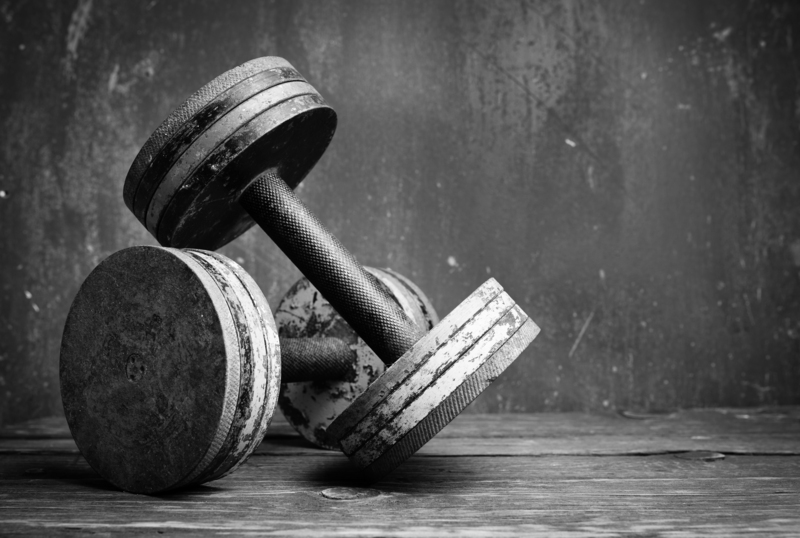The Dos and Don'ts of Safe PPE Waste Disposal
In the wake of global health crises and growing awareness regarding hygiene, the use of personal protective equipment (PPE) has skyrocketed worldwide. However, improper disposal of PPE waste poses significant health, safety, and environmental risks. Understanding the correct methods of PPE waste management is crucial for businesses, healthcare professionals, and individuals alike. This comprehensive guide covers the essential dos and don'ts, ensuring safe PPE waste disposal while safeguarding public health and the environment.
Why Proper PPE Waste Disposal Matters
Whether it's face masks, gloves, gowns, or face shields, PPE items act as a frontline defense against infectious agents, chemicals, and contaminants. Yet, once used, these PPEs can become hazardous waste. Improperly discarded PPE may contribute to the spread of infections and increase environmental pollution, especially microplastics and harmful residues.
- Prevents the spread of infectious diseases: Used PPE could carry viruses or bacteria.
- Protects sanitation workers: Correct disposal lessens exposure to potentially contaminated materials.
- Safeguards wildlife and ecosystems: Improper disposal can threaten animals and aquatic life.
- Ensures compliance with local legal regulations on hazardous and medical waste.
Types of PPE Waste
- Disposable face masks (surgical, N95, etc.)
- Gloves (latex, nitrile, vinyl)
- Face shields and goggles
- Protective gowns and coveralls
- Shoe covers, hair covers, and more
Each of these items requires safe PPE waste handling to prevent potential contamination and make recycling or disposal processes more efficient.

The Dos of Safe PPE Waste Disposal
1. Segregate PPE Waste from Regular Trash
One of the most crucial steps in safe PPE disposal is to ensure PPE waste is separated from general household or office refuse. Many PPE items are considered medical or hazardous waste and must not be mixed with recyclables or regular bins.
- Use clearly labeled bags or containers (preferably red or yellow biohazard bags) for all used PPE.
- Place disposal bins at convenient and strategic locations, especially in high use areas.
- Train staff and inform visitors about the importance of correct segregation.
2. Use Proper Disposal Bins and Liners
The right disposal bin can make a world of difference. Always utilize bins with lids and pedal or hands-free operation to minimize touchpoints and reduce contamination.
- Line bins with thick, leak-proof bags.
- Empty bins before they reach maximum capacity.
3. Wear the Right Protection While Handling PPE Waste
Those involved in PPE waste management should always wear appropriate protection -- gloves, face masks, and aprons -- to avoid direct contact with contaminated gear.
- Replace gloves and other protective gear immediately if torn or compromised.
- Practice proper hand hygiene (wash with soap and water, or use sanitizer) after handling PPE waste.
4. Label and Store PPE Waste Safely Before Final Disposal
If immediate disposal isn't possible, store PPE waste in a designated, secure area, away from public access and food preparation zones.
- Clearly label all waste bags/containers as "PPE Waste" or "Biohazard."
- Ensure storage areas are well-ventilated and pest-free.
5. Follow Local Regulations and Guidelines
Many regions and municipalities provide specific rules for PPE waste disposal. Adhering to these not only keeps you compliant with the law but also ensures waste is handled in an environmentally responsible way.
- Check with local health departments or waste authorities for current protocols.
- Arrange for collection by authorized medical waste disposal companies, if required.
6. Explore Environment-Friendly Options
If options exist, consider eco-conscious disposal methods such as:
- Sending clean, uncontaminated PPE for recycling through specialized programs.
- Looking into innovative PPE recycling services (e.g., TerraCycle or similar companies).
- Opting for biodegradable or reusable PPE where feasible to reduce future waste volume.
The Don'ts of PPE Waste Disposal
1. Don't Throw Used PPE in Regular Trash or Public Spaces
Tossing masks or gloves in public bins, streets, or parks exposes others to health risks and contributes directly to environmental pollution.
- Never flush PPE down toilets or sinks--it can block sewage systems and pollute waterways.
- Don't throw PPE waste into household recycling bins; these materials are rarely recyclable through curbside programs.
2. Don't Touch PPE Waste With Bare Hands
Used PPE may harbor infectious agents or hazardous contaminants. Always use gloves or disposable tools (e.g., tongs, shovels) to handle PPE waste materials.
3. Don't Overfill PPE Waste Bags or Bins
Overfilled bags or open bins can lead to spillage or unintentional exposure.
- Seal waste bags tightly before removing them from containers.
- Replace bins or bags before they reach 75% of their capacity to avoid overflow.
4. Don't Reuse or Attempt to Clean Disposable PPE
Disposable PPE items are designed for single use. Attempting to clean and reuse them can compromise their effectiveness and increase health risks.
5. Don't Ignore Signs of Improper Disposal
If you notice PPE waste being discarded incorrectly -- in the wrong bin, scattered outdoors, or mixed with recyclables -- report it to supervisors or local authorities. Community vigilance is key to stemming the tide of PPE litter and contamination.
Employer and Healthcare Facility Responsibilities
Compliance With Regulations and Workplace Safety
Workplaces and healthcare facilities shoulder an added responsibility in managing large quantities of PPE waste. The Occupational Safety and Health Administration (OSHA), Environmental Protection Agency (EPA), and local bodies may mandate specific procedures such as:
- Developing and implementing a PPE waste management plan
- Employee training on proper waste segregation and risk management
- Maintaining records of PPE waste disposal, including manifests for hazardous waste pickups
- Periodic inspection of waste storage and handling areas
Failure to comply can lead to legal penalties and expose both staff and the public to unnecessary dangers.
Environmental Impact: The Hidden Cost of Negligent PPE Disposal
PPE waste, especially single-use masks and gloves, is contributing to a mounting crisis in landfill and ocean pollution. Microplastics from deteriorated PPE infiltrate food chains and water supplies, while toxic additives may leach into soils. Proper and safe PPE waste disposal not only protects human health but also preserves our fragile ecosystems.
By adhering to the dos and don'ts outlined in this article, everyone plays a role in reducing the environmental burden caused by careless disposal of PPE items.
Simple Steps to Reduce PPE Waste
- Switch to reusable PPE where safe and practical -- washable masks and gowns, for example.
- Choose products from manufacturers committed to sustainable practices and recyclable packaging.
- Educate peers and staff through posters, emails, or training sessions on safe PPE disposal methods.

Frequently Asked Questions About PPE Waste Disposal
Can I recycle my used face mask?
Most communal recycling programs do not accept used PPE due to contamination risks. Specialized recycling services, such as TerraCycle, may process some types of clean PPE, but always check local guidelines first.
What should I do if I accidentally touch used PPE waste?
Immediately wash your hands thoroughly with soap and water for at least 20 seconds. Use a hand sanitizer containing at least 60% alcohol if soap and water are not available.
Is burning PPE waste an eco-friendly option?
*Incineration* is sometimes used for medical waste in controlled environments but may release pollutants if done improperly. Never burn PPE waste at home or outside of certified facilities.
Do disposable gloves and masks go in the same PPE waste bin?
Yes, typically all contaminated single-use PPE should go into the same labeled biohazard bin -- unless local statutes require further separation.
Conclusion: Embrace Responsible PPE Waste Disposal for a Healthier Future
Adopting the right practices for PPE waste disposal is vital in protecting community health, preserving the environment, and complying with regulations. By following these dos and don'ts -- from segregating and labeling waste to protecting yourself during handling -- you can help create a safer and cleaner future. Encourage your peers, colleagues, and organizations to prioritize responsible PPE waste management. Together, we can curb pollution, reduce risk, and foster a more sustainable world.
Share this guide with your network and stay informed about the best practices for the safe disposal of PPE waste!